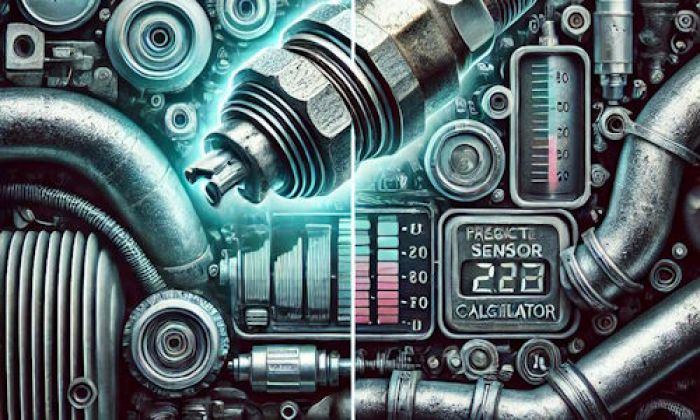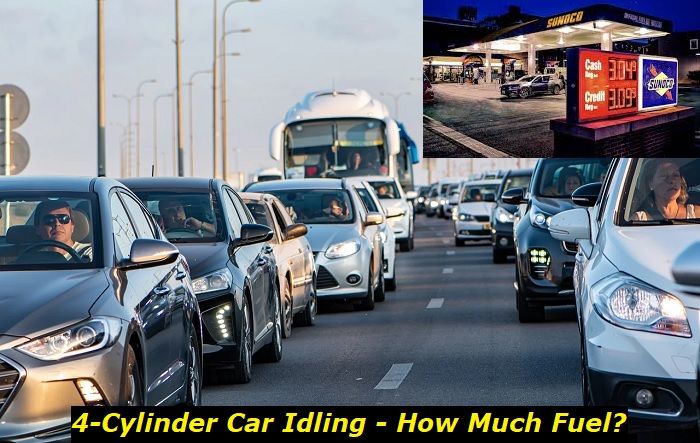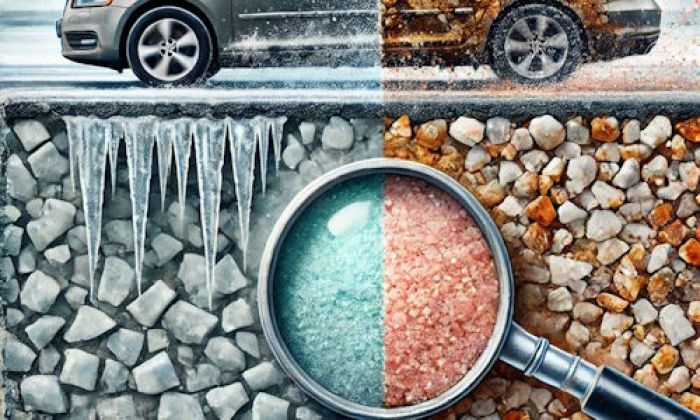We've all heard about timing in internal combustion engines and this thing makes us worry sometimes. You've certainly heard a mechanic saying how jumped timing destroyed the engine without the chance to repair it. But what can cause this? And how can you avoid this unfortunate thing to happen in your vehicle?
Engine timing issues highlights
- Level of importance:High
- Commonreasons:Age, mileage, internal engine problems
- DIY inspection:Impossible
- DIY repair:Impossible
- Price for repair:$550 - $1,000
- Can you drive?In most cases, no
- Ways to fix:Replacement of affected parts

What is the jumped timing in your vehicle?
You know, I often describe car problems in this blog and I very often say: you shouldn't worry, the internet exaggerates things and you should just do this and this to cope with the problem. In the case of the timing system, I should say that the internet underestimates the consequences and aftereffects of such an occasion. This is arguably the worst thing that may happen with many modern engines.
In some older engines, the broken timing belt or a jumped chain wasn't fatal because their pistons and valves were shaped special way to avoid a collision. Now, not a single modern engine has this feature and if this happens to your engine, you will most likely just lose it.
Here's what happens when timing jumps:
- the timing may jump when the timing chain or belt is broken or jumps a tooth or two;
- this usually happens when the chain or belt is too stretched and the system can't compensate for its change of length;
- after this happens, the camshafts and the crankshaft start rotating without proper timing;
- so, the pistons randomly go up and the valves randomly go down which makes the chance of them meeting at one point huge;
- the speed of the engine rotating is very high, so if the piston and valve meat, they may well be destroyed;
- there is no way the engine may keep working when the timing is severely changed or the belt or chain is completely broken.
Interestingly, some engines may keep working if the timing only jumped one tooth. The engine will work very harshly and will stall at every corner. But you will still be able to start it and drive. Unfortunately, this brings in some consequences that affect your repair budget really hard.
So, the timing belt or chain is a part that connects the camshafts in the head of the engine and the crankshaft in the engine block. Camshafts control the valves while the crankshaft controls the pistons. And they require super accurate timing to work properly. If timing changes, the fuel will be injected at the wrong time and won't be ignited properly at the needed moment.
Major consequences of the jumped timing
- Valves and pistons hit each other. They can meet in the combustion chamber and the hit will be quite strong, so the valves may be bent.
- The engine can get stuck. Because of the bent valves and sometimes damaged pistons, the engine may get stuck immediately and even cause a loss of control on the road.
- Sometimes, the engine head is just unrepairable. It's often hard to repair the head after such an event because it may have serious damage.
- The timing chain or belt will be bad. In 100% of cases, after the timing jumps, you will need to replace the entire timing kit.
- Sometimes, the engine will be dead. If the valve-piston collision leads to piston death, the engine may be too expensive to repair. Sometimes, getting a remanufactured engine may be cheaper.
What are the most common reasons for the jumped timing?
It's one of the most important tasks of every gas or diesel car owner to prevent timing jump issues. But how can you do it if you just don't know what causes this problem? Unfortunately, sometimes, it's not under our control. While there are some obvious reasons, several rare engine problems may lead to timing belt or chain problems without any symptoms or signs.
Here are the most obvious and common reasons for this:
1) Worn-out timing chain or belt
This is usually the number one reason. The belt can usually live about 60K miles while a chain has an average lifespan of 100,000 miles. But it may vary from one model to another, so double-check this before it's too late.
When the belt or chain gets worn out, it quickly stretches and can jump when you press the gas pedal hard or under any load (towing, hauling, etc.)
2) Bad tensioner
There is a tensioner that controls the proper tension of the belt or chain. It compensates for natural stretching and allows you to drive with one chain for about half of the lifespan of the engine. But the tensioner can go bad if it's, for example, not OEM or just of poor quality. Also, it can fail if the lubrication is not sufficient and the timing system is wet (originally placed in the oil bath).
3) Problems with lubrication
A lot of modern engines have so-called wet timing chains or belts. It means that are submerged in oil when they work. If the lubrication is poor or the level of engine oil is too low, the belt or chain may start suffering and this can eventually make them jump or even break.
4) Old age or high mileage
It's highly recommended to change the timing chain once every 10 years or 100K miles while the belt can live up to 6-7 years or 60K miles. If the belt or the chain is too old or has a lot of miles on it, it's important to replace it as soon as possible. The replacement should embrace the entire timing kit, not just the chain or the belt.
5) Pulley or water pump
The timing chain or belt system also has a pulley that directs the chain or the belt. This pulley should be replaced when the timing system is maintained. If not replaced on time, the pulley may get stuck and this will most likely lead to jumped timing.
Also, the chain or the belt drives the water pump in the majority of engines. If the pump is too old and wasn't changed with the chain or belt during timing maintenance, it can get stuck and kill the engine by breaking the timing belt or messing up with the chain.
6) Poor quality parts
It's not uncommon for car owners to get really poor-quality parts online or in the car part stores. They may be hunting for cheaper parts and just fail to evaluate the risks. But the chip timing chain is probably the worst thing you can do for your car after cheap and inappropriate oil. It will kill the engine at a random moment.
The best option is to buy OEM parts. If you can't find them or the price is extremely high, you can choose to get parts from a well-known and trusted brand. Like the belts from Gates or Contitech, for example.
What symptoms may tell you about soon timing jump?
Unfortunately, there are no clear symptoms, especially with the belt. it works well until it jumps. The chain may start rattling when it's stretched fatally and is going to jump. But I've seen cases when chains jumped without rattling or showing any other symptoms of the problem.
Your actions if you suspect that the timing just jumped
It's extremely important to understand what you should do to prevent engine damage if you think that the timing belt or chain just jumped.
I've prepared a short list of things you may want to do:
- stop trying to start the engine - you may be killing the machine by this;
- call a tow truck and get your car delivered to the repair shop;
- if your vehicle is still under warranty, make sure you tow it to the dealer;
- have the engine inspected by a professional mechanic;
- after you have the diagnosis, you can choose the best solution for the problem.
It's extremely important to not drive or even try to start the engine if you suspect that there is a problem with the timing belt or chain. Driving such an engine is sometimes possible but it will kill the machine very quickly.
Sometimes, the jumped chain or belt should just be replaced with a new one and the car is good to go. But if you keep cranking the engine, chances are that the timing system will be broken or jump even more and the pistons will collide with the valves eventually.
About the authors
The CarAraC research team is composed of seasoned auto mechanics and automotive industry professionals, including individuals with advanced degrees and certifications in their field. Our team members boast prestigious credentials, reflecting their extensive knowledge and skills. These qualifications include: IMI: Institute of the Motor Industry, ASE-Certified Master Automobile Technicians; Coventry University, Graduate of MA in Automotive Journalism; Politecnico di Torino, Italy, MS Automotive Engineering; Ss. Cyril and Methodius University in Skopje, Mechanical University in Skopje; TOC Automotive College; DHA Suffa University, Department of Mechanical Engineering






Add comment